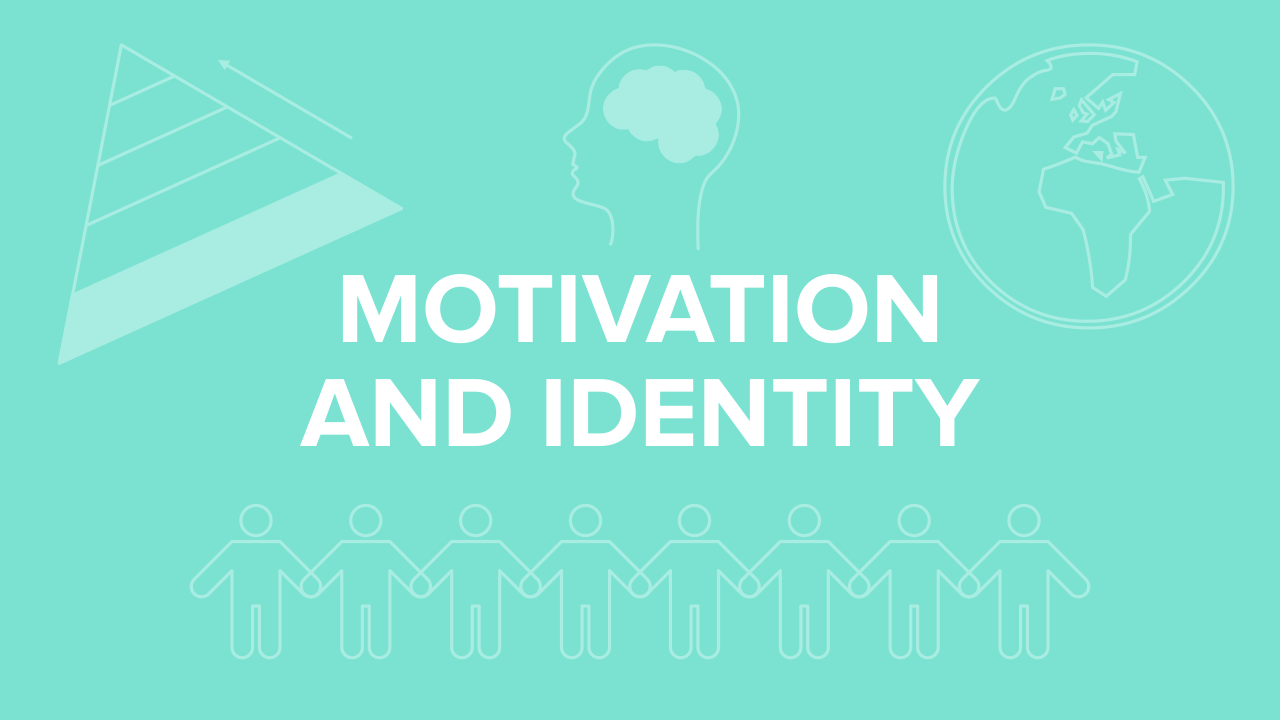


(Note: This guide is part of our MCAT Psychology and Sociology series.)
a) Intrinsic and extrinsic locus
b) Theories of motivation
c) Attitudes
a) Freud’s theory of psychosexual development
b) Erikson’s theory of psychosocial development
c) Kohlberg’s theory of moral development
d) Vygotsky’s theory of sociocultural development
a) Psychoanalytic perspective
b) Humanistic perspective
c) Social cognitive perspective
d) Behaviorist perspective
e) Biological perspective
f) Dramaturgical perspective
The world is filled with many diverse people with different personalities, different identities, and different motivations. Our motivation to do certain things plays a large role in how we behave and what personalities we adopt and can even come to shape how we see ourselves and how others see us.
This content covered by this portion of the MCAT can seem deceptively easy at first, but there are quite a few theories and terms to keep track of. In this guide, we will break down the main concepts you need to know for the MCAT and provide real-life examples similar to those you will see on exam day. Most terms that are bolded throughout the guide will be defined in Part 5 of the guide, but feel free to create your own terms and definitions/examples as you progress!
Along with knowing the terms and concepts, you will also need to know how to apply them to real-life situations that the MCAT will present. At the end of this guide, there is an MCAT-style passage and standalone questions that will test your knowledge of the covered topics.
Motivation is like an invisible force that drives us to act in a certain way and achieve certain goals. Humans are motivated by different sources to do different things. We are motivated to seek out food because our body sends us hunger signals. We are motivated to dress nicely for an interview because it will help us get into medical school.
Our motivation can be either intrinsic or extrinsic, depending on its source, goal, and drive.
Intrinsic motivation is directed by internal rewards or one’s internal desire to do something for its own sake. The activity is inherently rewarding, such as watching your favorite Netflix show, or challenging, such as the career in medicine you are excited about. Intrinsic motivation leads to high productivity and high quality of work because the person is invested in the task itself and not the rewards that come from it.
Extrinsic motivation, on the other hand, is directed by external rewards from the environment. The person is only willing to do the task because it offers some sort of reward, such as receiving money, food, or the avoidance of punishment. For example, employers will offer promotions, bonuses, paid vacations, and other benefits to keep their employees from leaving the company. The employee only continues to work because of these benefits. The locus of control here is external, as it is in the hands of the employer. Even if productivity is high under extrinsic motivation, the quality of work declines over time, and resentment grows.
For the MCAT, you will have to be able to identify the differences between intrinsic and extrinsic motivation. Here’s a table that briefly summarizes the points made above.
| Basis of comparison | Intrinsic | Extrinsic |
|---|---|---|
| Meaning | Directed by internal desire to do a task for its own sake | Directed by outside forces to do a task for resulting rewards |
| Focus | Action | Result |
| Locus of control | Internal | External |
| Goal | Self-development | Earn reward or avoid punishment |
| Basic biological needs | Yes | No - seeks out external benefits instead |
| Concerned with | How does the task align with my beliefs? | How will the outcome affect my present and future? |
| Involves | Inherent enjoyment of task | Enjoyment of rewards resulting from task |
| Driven by | Own desires and needs | Outside people or sources |